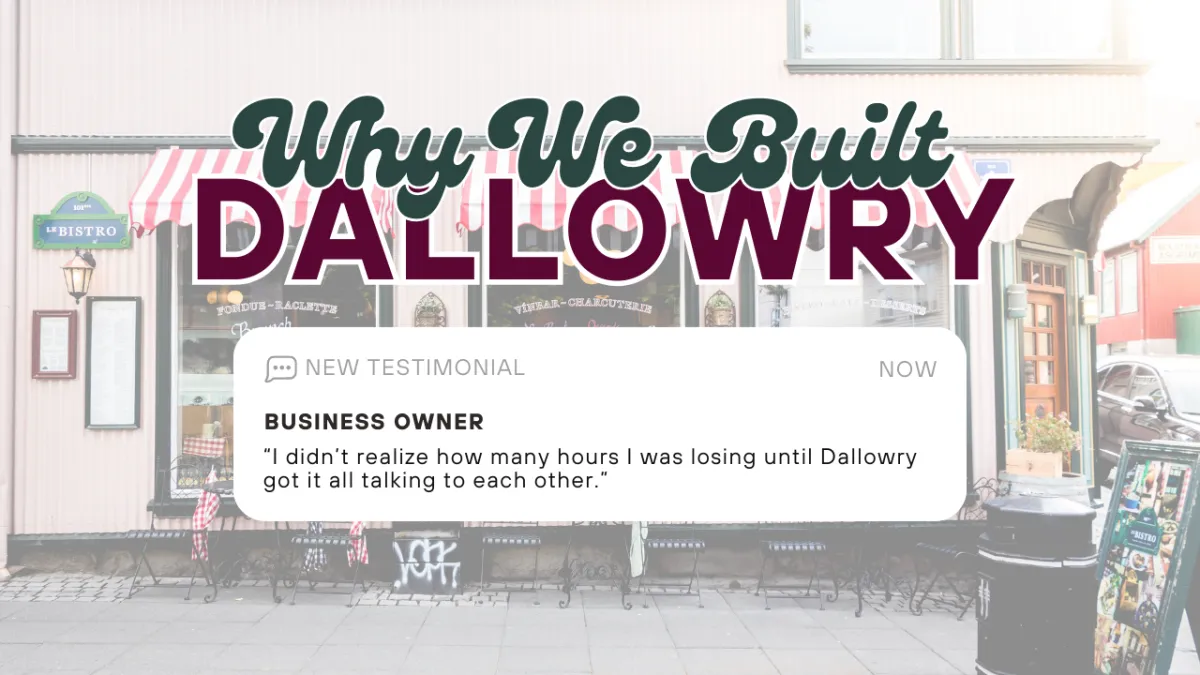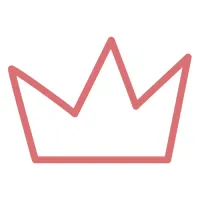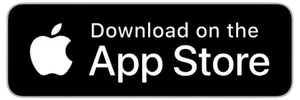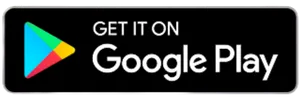TOOLS, Tutorials,
and TRUTH BOMBS
We DON'T gate-keep the good stuff.
Here you’ll find real-world systems, smart strategies, and practical tutorials to help you automate smarter, market better, and scale faster—without losing your mind in the process.
From backend workflows to business mindset, this is the place to come when you want answers that actually move the needle.
EVERYTHING
we've learned SHARED
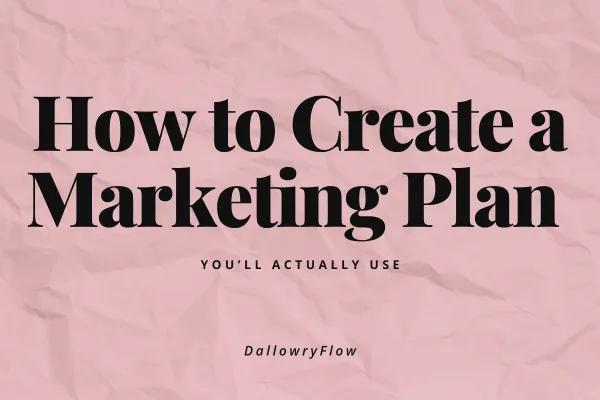
How to Create a Marketing Plan You’ll Actually Use
When I work with small businesses, there’s often one large critical piece missing for their business to grow sustainably. The marketing plan. Creating a marketing plan might sound like something only big companies need, but the truth is, every business—big or small—needs a plan to reach people and grow. You would just throw all the ingredients for a cake into the oven and expect a beautiful masterpiece to create itself. It’s the same with your marketing. Whether you’re just starting out or have been in business for years, this guide will help you build a simple, powerful marketing plan that actually works—and that you’ll want to use. Lets put the right ingredients in the right place with the right instructions for you to create a sustainable lead source for business growth.
A marketing plan is a written guide that shows how you’ll tell people about your business. It’s like a recipe for growth. Instead of throwing things together in a hurry or last minute, you’ll have a real plan to move forward in an attainable plan. Your marketing plan helps you figure out who you’re talking to, what you should say, and where to say it. Most of all, it helps you stay focused.
Many small business owners skip this step because it seems overwhelming or maybe even silly. Other business owners write a plan with all the best intentions, but never use it because it was designed on pipe dreams not reality. Were not here to waste anytime with that nonsense. We’re building something simple, useful, and ready for real life.
To start, you need to know who you’re trying to reach. Not everyone is your customer, and trying to speak to everyone ends up speaking to no one. Think about the kind of person who would be excited to find your business. Who do you serve consistently? Who are your biggest success stories? How do they speak? What’s their day like? What are they struggling with? What are they hoping for? Where do they spend their time—online or in person? Try to picture this person clearly. Even give them a name if it helps. The clearer your picture, the easier it will be to speak to them in your posts, emails, or ads.
We recommend that you use your email list to help with this if you have one or if you’re just starting out, utilize a tool like ChatGPT to help. (Remember anytime we recommend ChatGPT to check for facts as it can be inaccurate and can also fill in gaps to try to please you.) If you’re working with an email list, create a survey of 3-5 questions that you can ask your fans and followers. You can post this survey to your social media accounts as well. You’ll want to rely on as many answers as possible. You could also create a fun quiz to make it more engaging for the feedback giver. Then put all these responses into your ChatGPT expert and ask it to help create a persona for your ideal customer.
Once you know who you’re talking to, you need to figure out what to say. This is your message. It should be simple, clear, and true. It should mimic the way your customers speak. Think about taking some time to read through previous emails, reviews, or comments on social media to understand how your customers speak. Ask yourself, “Why should someone choose me instead of someone else?” The answer isn’t always about being the cheapest. It might be that you’re the fastest, the kindest, the most reliable, or the most creative. Think about what makes you different and what your customer needs to hear. A simple way to shape your message is to say, "I help [person] get [result] without [problem]." For example, “I help busy moms get organized without feeling judged.” We recommend no matter where you land, always write at a 6th grade reading level and don’t assume your readers and customers understand the back story or the context.
Now that you know who you're speaking to, what you're saying, and how you’re saying it, it's time to choose where to show up. These are your marketing channels. Think about where your ideal customer spends time. Is it on Instagram? Do they read emails? Go to local events? Instead of trying to be everywhere, choose one or two places to start. This keeps things manageable and helps you stay consistent. It’s better to show up in one place regularly than try to juggle five platforms and burn out. You can utilize tools like DallowryFlow for scheduling and Repurpose.io for auto-posting to additional channels. Again, try thinking about this as a combination of quality and quantity. Perfection isn’t necessary, but neither is utilizing every platform everyday when you’re starting out.
Next, set a few simple goals. A plan is only useful if you know what you’re working toward. What would make this month feel like a win? Maybe you want to gain 100 new email subscribers, book five new clients, or sell 20 items before the holidays. Whatever your goals are, make sure they’re clear and easy to measure. Don’t worry about being perfect. Just pick goals that make sense for you right now. When we start on a new marketing plan, we try to goal set based on the controllable, meaning the things that we can do. So instead of a goal of followers, which can cause extra stress, set a goal of the number of posts that you’re going to create. Once you’ve got the hang of it then you can add in reaction goals.
I always chat this entire process into my ChatGPT so that it has full context at this point in the planning stage, I ask ChatGPT to help me create a plan for posting and a long-term nurture email sequence that I can schedule out with automation. The other way to create an easy plan of action is utilizing pillars. You’ll create 12 categories that are commonly discussed in your industry, subjects that customers frequently ask, a product or service for that you offer, etc. then in each of these 12 categories, you’ll need 3 posts for each to get you an entire month of content with variety, relevance and value. Personally, I create a Google Doc and batch out 3-4 months at a time. I have my posts written with any hashtags or links and then I let creativity have space to run free when I am actually sitting down to schedule the posts.
This doesn’t need to be fancy. You can grab a calendar and write out what you plan to do each week. Keep it light. Keep it real. The goal is to stay visible, not be perfect and create a pattern that you can keep up with.
As you go, pay attention to what’s working. Are people clicking your links? Replying to your posts? Sharing your content? Even better, ask your customers how they found you. That feedback will help you know which channels are actually helping you grow. When something works, do more of it. When something feels hard or confusing, see if you can simplify or let it go.
Remember, a good marketing plan isn’t about doing more. It’s about doing what works, consistently. You don’t need ten tools or a huge team. You need a plan that works for you. Keep showing up. Keep testing. Keep learning. Over time, your efforts will start to stack up.
If you want some extra support, tools like DallowryFlow can help. It’s a simple platform that keeps your emails, automations, and bookings all in one place. You don’t need to juggle different tools. You just need one system that helps you stay on track and communicate clearly.
So now that you have a Marketing plan that’s realistic… Tell your story. Share what you offer. Help people see why it matters. That’s what great marketing really is. You’re more ready than you think. Start small. Stay consistent. And keep showing up. You’ve got this.
